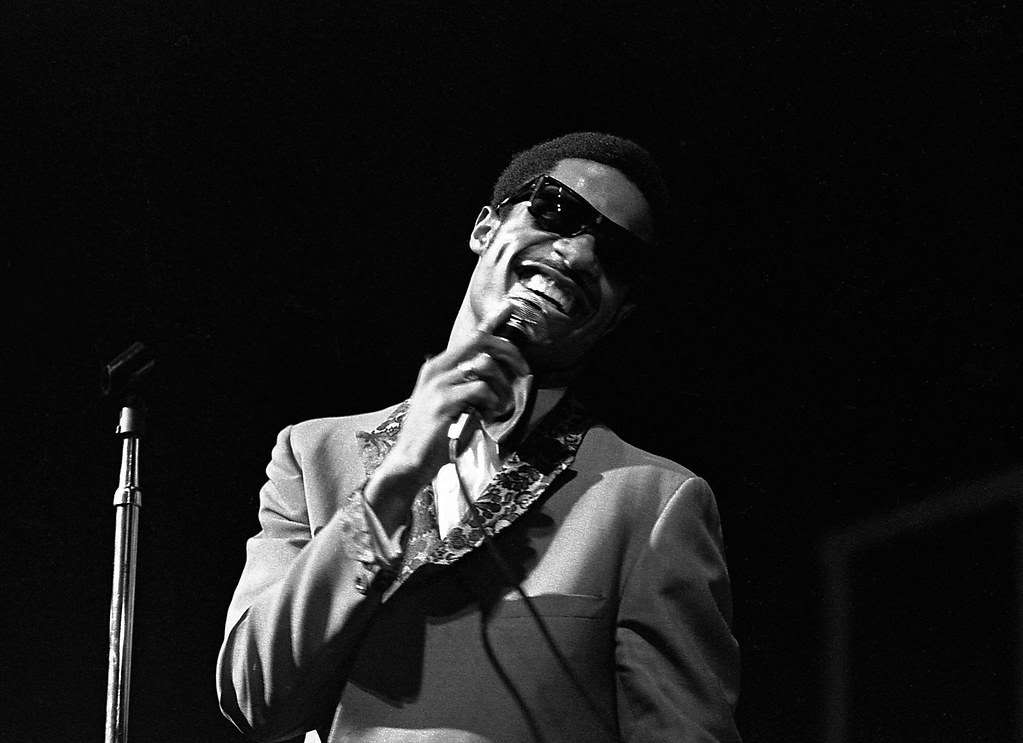Renate Coleshill was born in Germany and went on to work for the U.S. Foreign Service in a number of places, including Poland and eventually Japan. While working in Japan’s capital city Tokyo from 1972 to 1976, she served as the secretary for the Deputy Public Affairs Officer, and in addition to her secretarial duties, she was able to coordinate American cultural programs in Tokyo.
For example, she organized an artist’s tour for Sam Cooke (no, not the “King of Soul”—rather a visual artist with the same name) all around Tokyo. She also welcomed people to Tokyo, helping speakers, cultural presenters, exhibitors, and even just plain visitors get acquainted with Tokyo as well as showcasing them to the Japanese public.
How was this received by the public? At the time (the mid-1970s), tensions did exist between the United States and Japan mostly due to economic reasons. The Japanese public also had a negative view of American soldiers, which did not contribute to an overwhelmingly “pro-American” stance in Japan. Despite these tensions, Coleshill was able to bridge the gap and create a space where Tokyoites could learn about American culture; they were generally very welcoming to learning about life and culture in the United States. Coleshill described the Japanese people who came to her programs as “incredibly polite” and believes that their horizons were broadened in respect to their view of the United States by seeing a more “human” side to the country.
In this “moment” in U.S. diplomatic history, Renate Coleshill makes some interesting observations about how the Japanese public reacted to American culture. She notes, for example, that the Japanese people really enjoyed American jazz artists like Stevie Wonder, Glen Campbell, and Fifth Dimension. Though these artists came to Japan to perform on their own accord, she was able to piggyback off of their arrival and do exhibits on their music and the genre of jazz in general, which succeeded in introducing a uniquely American genre of music to Japan. Coleshill acted similarly when American authors visited Japan, such as Robert Michener, and piggybacked off of their arrival. She further notes that the Fulbright program in Japan allowed Japanese scholars and teachers to visit their counterparts in the United States. Coleshill remarks that there were always more applicants than could be accepted. This serves as another example of how Japanese people were interested in American culture and learning from what the United States has to offer.
Renate Coleshill’s interview was conducted by Charles Stuart Kennedy on January 19, 2012.
Read Renate Coleshill’s full oral history here.
Drafted by Charles Gfeller
ADST relies on the generous support of our members and readers like you. Please support our efforts to continue capturing, preserving, and sharing the experiences of America’s diplomats.
Excerpts:
“They would come to the program, they would smile, and they would be very, very polite about it, but you didn’t really know whether you were changing opinions or not.”
An Interest in American Culture: The Japanese are incredibly polite. They would come to the program, they would smile, and they would be very, very polite about it, but you didn’t really know whether you were changing opinions or not. But, of course, we believed we were broadening their horizons with the cultural activities. The Japanese really loved American jazz. We didn’t do a lot with performing arts because popular artists like Glen Campbell, Stevie Wonder and the Fifth Dimension, came to Japan on their own steam. There were impresarios who would program them, and they would make lots of money. The Cultural Affairs Officers would know who was coming so the Public Affairs Officer would have a reception, either at his home or at the Residence. We piggybacked on this famous American being there, but we would not actually do the programming. They wouldn’t be under State Department cultural presentation programs.
“…Eventually it worked out where everybody had a program at the time they could use it.”
Inviting American Artists: Say Sam Cooke, a visual artist, was coming to Tokyo. We were going to have the art exhibit in Tokyo-American Center from April 1 until September 30. I would call the Public Affairs Officers at each of the branch posts and ask which dates they wanted. How long they wanted the exhibit? There were lots of conflicts scheduling activities among six posts. After the exhibit’s tour was scheduled, we wanted Sam to do workshops with local artists. The negotiating process began again. Each post wanted to do everything with him: a workshop, a presentation, a representation event, and, of course, each post wanted the artist there to open the exhibit (an impossibility). But eventually it worked out where everybody had a program at the time they could use it. This process was repeated with cultural presentations, speakers, exhibits, and even visitors. I should note here that the program development officers worked with Washington and other Asian posts to bring the type of programs to Japan that would meet our country plan objectives.
Table of Contents
Early Years
Born April 26, 1946 in Mannheim, Germany
Foreign Service
Warsaw, Poland—Foreign Service Secretary 1972–1973
Tokyo, Japan—Secretary to the Deputy Public Affairs Officer 1973–1976

